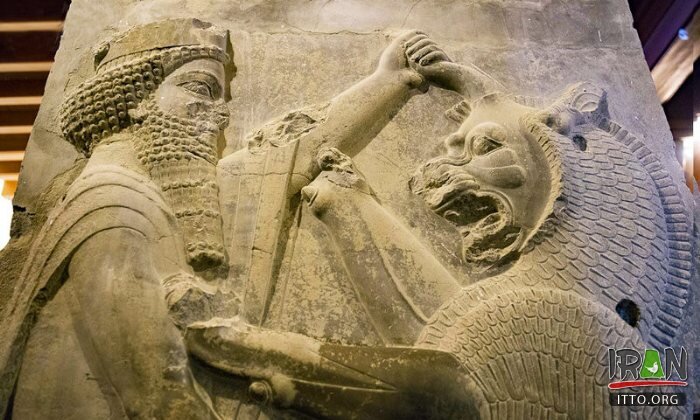Iran attractions: marveling at ancient ruins of Persepolis

TEHRAN - One of the greatest ruins of the ancient world, Persepolis is of such importance that many believe no trip to Iran would be complete without marveling at the Achaemenid ceremonial capital.
Built by top architects and craftspeople of the mighty empire over several decades, the scale of Perspolice still amazes its visitors for hours and hours.
Dating back to 515 BC, Persepolis may have been ruined for millennia. Be sure to stay for sunset and pick out a great spot of Mt Rahmat to watch the entire ruins and desert enveloped in a soft red glow.
The royal city of Persepolis ranks among the archaeological sites which have no equivalent, considering its unique architecture, urban planning, construction technology, and art. Persepolis, also known as Takht-e Jamshid, whose magnificent ruins rest at the foot of Kuh-e Rahmat (Mountain of Mercy) is situated 60 kilometers northeast of the city of Shiraz in Fars province.
The city was burnt by Alexander the Great in 330 BC apparently as revenge to the Persians because it seems the Persian King Xerxes had burnt the Greek City of Athens around 150 years earlier. The city’s immense terrace was begun about 518 BC by Darius the Great, the Achaemenid Empire’s king. On this terrace, successive kings erected a series of architecturally stunning palatial buildings, among them the massive Apadana palace and the Throne Hall (“Hundred-Column Hall”).
This 13-ha ensemble of majestic approaches, monumental stairways, throne rooms (Apadana), reception rooms, and dependencies is classified among the world’s greatest archaeological sites. Persepolis was the seat of the government of the Achaemenid Empire, though it was designed primarily to be a showplace and spectacular center for the receptions and festivals of the kings and their empire.
The site is marked by a large terrace with its east side abutting the Kuh-e Rahmat (“Mount of Mercy”). The other three sides are formed by a retaining wall, varying in height with the slope of the ground from 13 to 41 feet (4 to 12 meters); on the west side, a magnificent double stair in two flights of 111 short stone steps leads to the top. On the terrace are the ruins of several colossal buildings, all constructed of a dark gray stone (often polished to a marble-like surface) from the adjacent mountain.
Commonly visited from Shiraz, there are many options for tours to the inspiring Persepolis. Try to take one with a qualified guide to gain a deeper appreciation for the historical significance of this world heritage site.
AFM
Leave a Comment